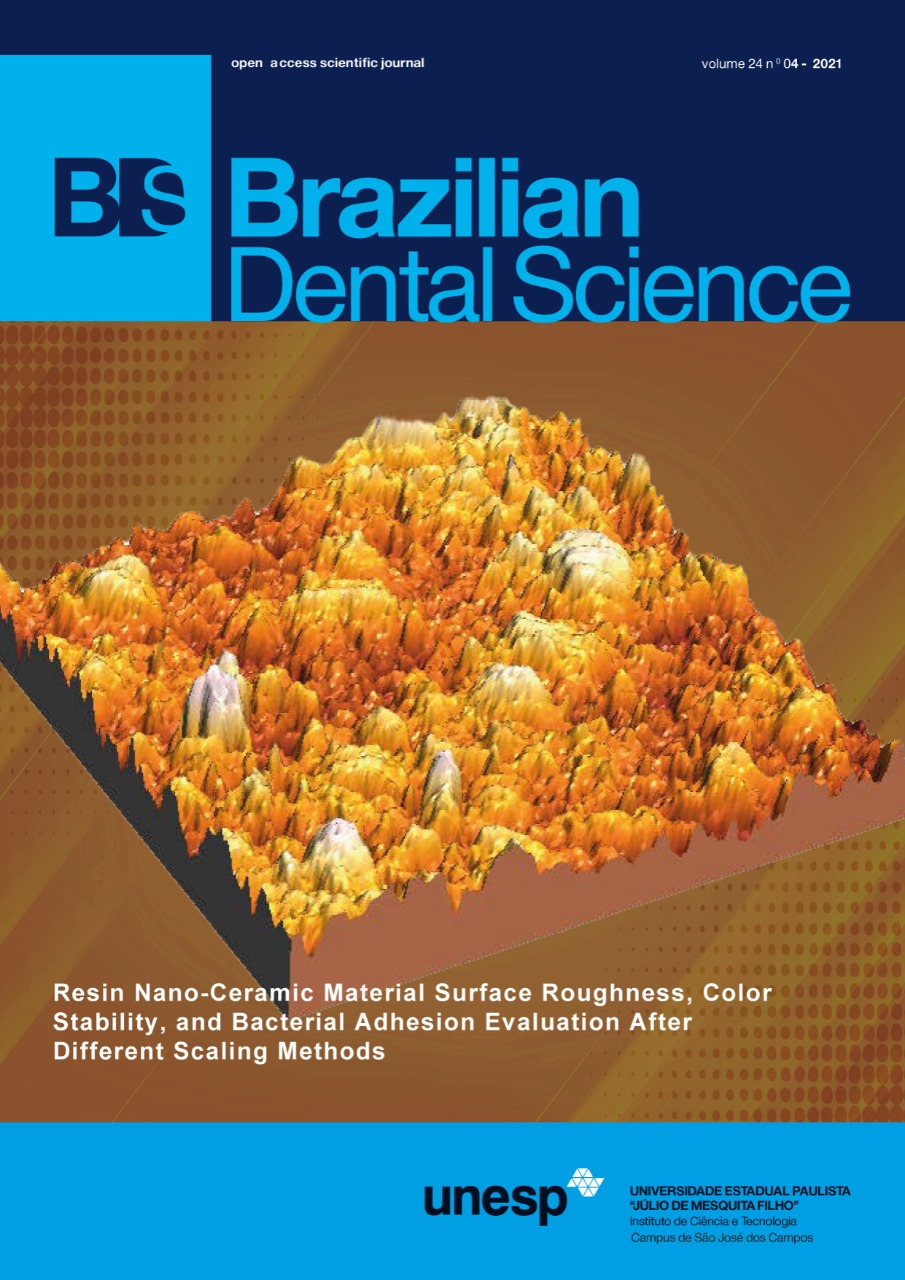Awareness of medical emergencies among dental practitioners in three Egyptian Dental Schools: A cross-sectional study
DOI:
https://doi.org/10.14295/bds.2021.v24i4.2621Abstract
Objectives: To evaluate the awareness of medical emergencies among dental practitioners in three dental schools. Material and methods: The study group included 384 dental practitioners, including dental staff members, post-graduate students, and dental interns. These professionals were attending three dental educational institutions in Egypt. Two of them were governmental and one was a private school. The educational model is almost the same in most Egyptian dental schools. Results: The response rate was 100%. Most of the participants worked in private academia (44.16%) or practice (42.34%) and 65.20% of them were females. The participants recorded medical history and filled a form (91.17%, 80.52 % respectively) while only 41.82% obtained the vital signs. Among the participants, 48.57 % were confident about handling medical emergency and 74.29 % reported their capability of intramuscular injection while only 25.71 % for intravenous injection and 49.35% knew about emergency kits. Management knowledge of airway obstruction and prosthetic heart valve patients was reported by 80.27 % and 71.94 % respectively, while less percentage for activation of EMS, chest compression, CPR ratio, and infant rescue breathing. The mean preparedness percent score was 54.57% and it was inversely correlated to the years of experiences and directly correlated to the degree of confidence in their ability to manage the dental emergency. Conclusion: The current study results reflected a deficiency in the dental practitioner awareness about the medical emergency especially the practical part.
Keywords
Dentists; Cross-sectional studies; Emergencies; Educational models; Dental schools.
Downloads
Downloads
Published
How to Cite
Issue
Section
License
Brazilian Dental Science uses the Creative Commons (CC-BY 4.0) license, thus preserving the integrity of articles in an open access environment. The journal allows the author to retain publishing rights without restrictions.
=================




























